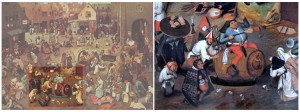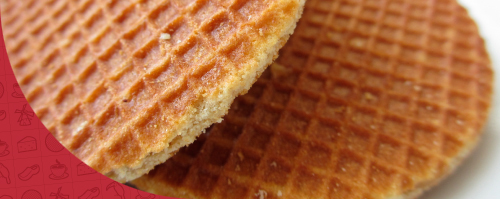Sugar Waffles are also known as Belgian Waffle or Brussels Waffles. The word waffle is from the Dutch wafel. The thirst documented recipe (without yeast) was found in Dutch prints dated 1735. Pilgrims, who had spent time in Holland, took the recipe to America in 1620. Later in the eighteenth century the waffle became more popular. Maurice Vermersch from Brussels, along with his wife, adjusted the recipe just before World War II by using yeast as a rising agent in their waffle dough. The result was a thicker, crisper waffle with a tangy sweetness brought out by the fermentation in the yeast. The Vermersch baked the dough in cast iron clampdown plates. Reactions from friends and family were so positive that Mr. Vermersch decided to sell his waffles at the World’s Fair in Brussels in 1960. Four years later Mr. Vermersch brought his invention to the celebrated 1964 World’s Fair in Queens, New York and decided to name his product “the Belgian Waffle”. The Sugar Waffle goes far back in time, at least a type that strongly resembles. The first mentions of this waffle are found around 1840. On beautiful paintings like “The fight between carnival and spring” by Pieter Breughel the Elder and “The Saint Nicholas Feast” by Jan Steen. 

